The Tancho Koi fish is iconic, and it has become one of the most popular kinds of Koi in the world.
It’s extremely rare to find a perfect Tancho Koi, so it’s no surprise that they can cost up to thousands of dollars. Breeders have yet to find a consistent method of breeding Tancho Koi that develops the signature red patch on their heads.
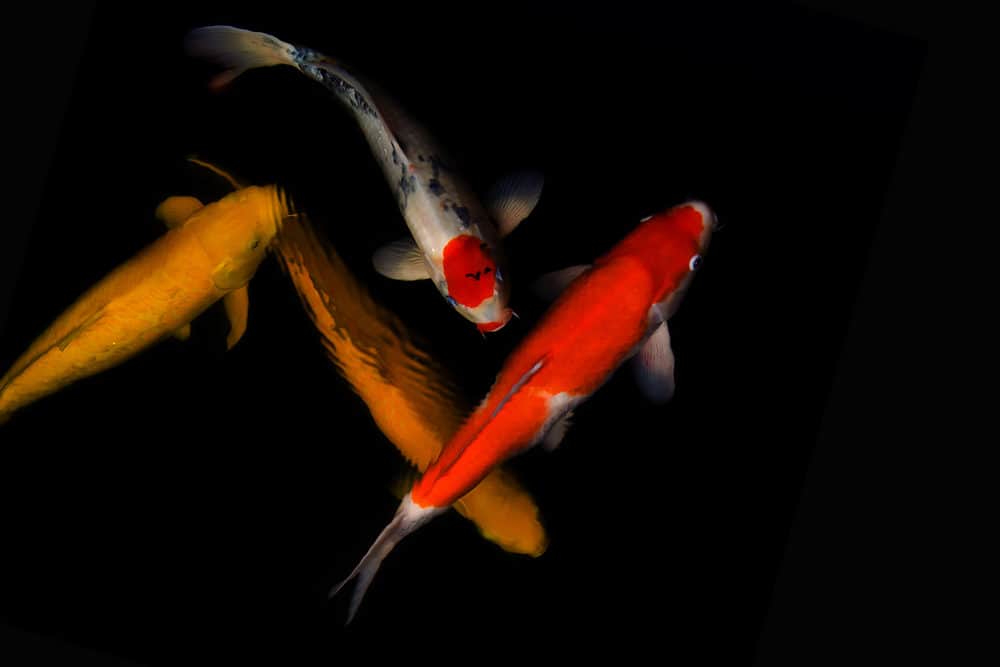
If you’re lucky enough to find a Tancho Koi, it’s imperative to know how to take care of it. When this type of Koi experiences stress, the red crest can fade or disappear. Once it fades, it doesn’t regain its color or return.
We love this beautiful Koi, so we want to provide important information that all Koi owners should know before adding a Tancho Koi to their Koi pond. We’ve gathered all the facts and data for you so learning to care for them is an effortless experience.
We’ll review the characteristics of Tancho Koi and provide tips that’ll prepare you to care for them.
Tancho Koi are particularly popular in Japan because it closely resembles the Japanese flag. This Koi received its name because of the similar red crest on the Tancho crane, another popular animal in Japan.
The Tancho Koi falls in the Gosanke Koi classification. Gosanke Koi exclusively have red, white, and black coloring.
The most prized Tancho Koi will have milky white, bold blacks, and vibrant red colors. These colors must be uniform, so there shouldn’t be varying shades of black or red on the Koi.
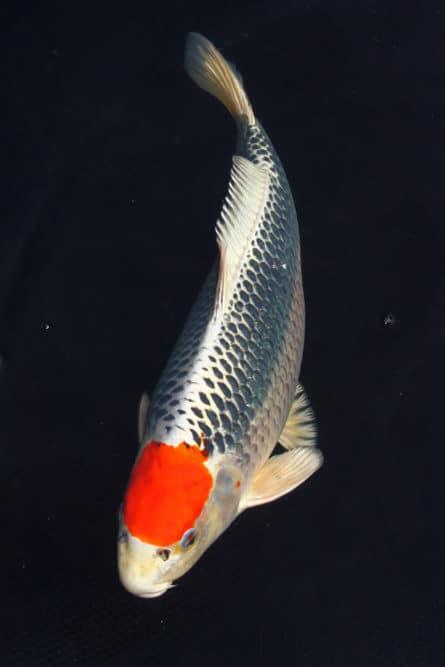
Although most people know the Tancho Koi for having a circular red crest, this crest can be of different shapes. Other identified shapes are diamonds, hearts, and ovals.
The symmetry of the crest takes precedence over the shape. The ridge should have vertical symmetry and rest in between the Koi’s eyes.
There are three recognized breeds of Tancho Koi: Kohaku Koi, Sanke Koi, and Showa Koi.
Tancho Kohaku Koi can only have white and red or white and orange coloration. This Koi variety must be completely white with just the red marking on the crown.
Tancho Sanke Koi have red and white coloration with Sumi, or black, accent markings. They must have a white body with a red crest on top of the head. No other colors or markings can be on the head. Sumi can be in any other place of the body.
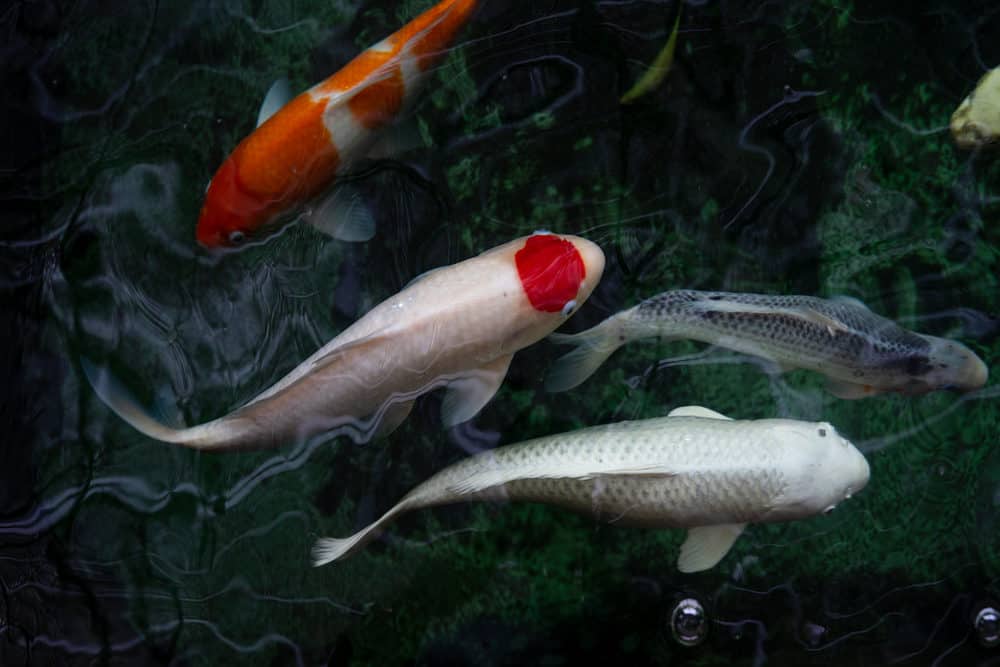
Lastly, Tancho Showa Koi must have Sumi skin, a red crest on its head, and Shiroji, or white, markings. Unlike the Tancho Sanke Koi, the Tancho Showa Koi can have Sumi run all over the body, including inside the red crest.
People commonly confuse Sanke Koi and Showa Koi. The main difference is that Sanke Koi have Shiroji skin and Sumi accent markings, while Showa Koi have Sumi skin with Shiroji accent markings.
It’s also normal to mistake Goshiki Koi and Hariwake Koi as Tancho Koi because they can have a red spot on their heads. However, these Koi are outside of the Gosanke Koi classification. The only accepted Tancho Koi are the Kohaku, Snake, and Showa varieties.
Proper care is extremely important for Tancho Koi because the prized red crest can fade or disappear.
The water temperature and quality can have a significant effect on the color of Tancho Koi. For example, black specks can appear on the Koi’s skin if the pH level is too high. Water that’s too hard can also cause black marks. In general, Koi do best in Koi ponds with these water conditions:
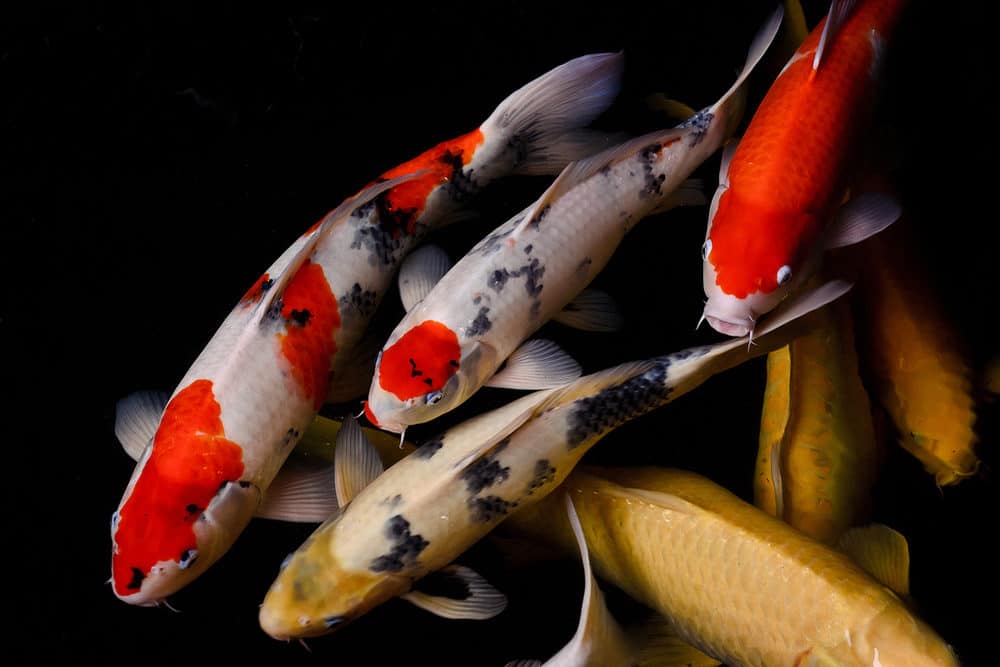
It’s best to monitor the Koi pond’s water quality regularly. Other components to watch out for are the following:
You can use test kits to identify traces of these components in the water. Other helpful tools include water filters and waterfalls. Waterfalls can help circulate the water and maintain oxygen levels in the Koi pond.
For the most part, Tancho Koi fish have similar dietary needs as other Koi breeds. Koi do best with a high protein diet that consists of 35% to 38% protein. They also need the following nutrients:
In general, Koi should consume more protein-rich foods in the spring during the mating season. They should consume more carbs in the fall in preparation for winter.
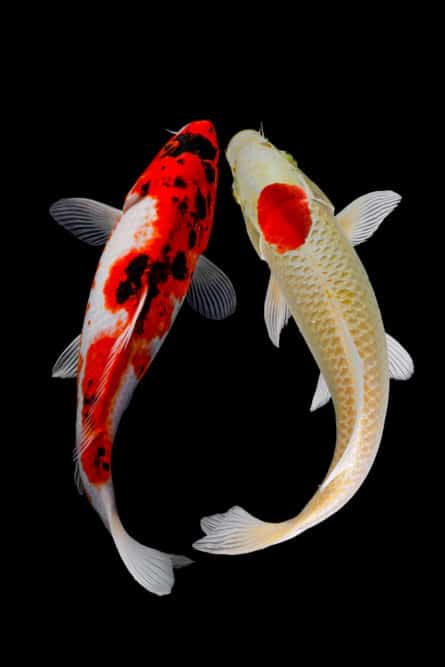
You can also feed Tancho Koi color enhancers such as spirulina, carotene, and xanthophyll. These components can help the red crest become more prominent. However, too much can cause the milky white skin to turn yellow. Sumi can also start to appear blue.
When it comes to coloration, males and females develop and maintain their colors differently. Typically, male Tancho Koi develop their colors earlier. They’ll have vibrant red crests at a younger age. However, this color fades sooner as they age.
Female Tancho Koi’s coloring operates in reverse. Their colors become more prominent later in their life, but they’ll maintain their color for longer.
Fortunately, Tancho Koi do not have any health conditions that are specific to their breed. Koi tend to be hardy fish and do well once they’ve acclimated to a new Koi pond. However, several factors affect Koi’s health.
One significant factor is water quality. Make sure that your water is at optimal levels and free of contaminants.
Overcrowding is another common issue that affects health. It causes stress, produces more waste, and quickly depletes oxygen. Koi in overcrowded ponds can also release a hormone that stunts their growth.
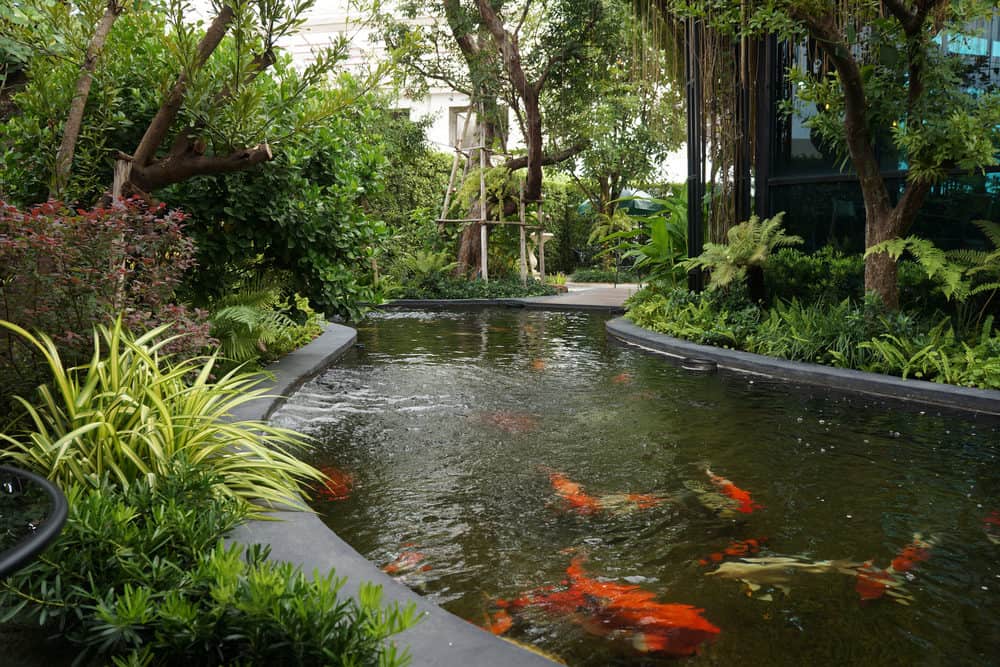
The best way to monitor your Koi’s health is to get to know them and their tendencies. Any changes in their behavior or appearance can indicate early warning signs. Common warning signs include the following:
If you have a sick Koi, consult with your veterinarian to properly diagnose and treat the issue. You may also want to quarantine the Koi so that its illness doesn’t spread to more Koi in the pond.



